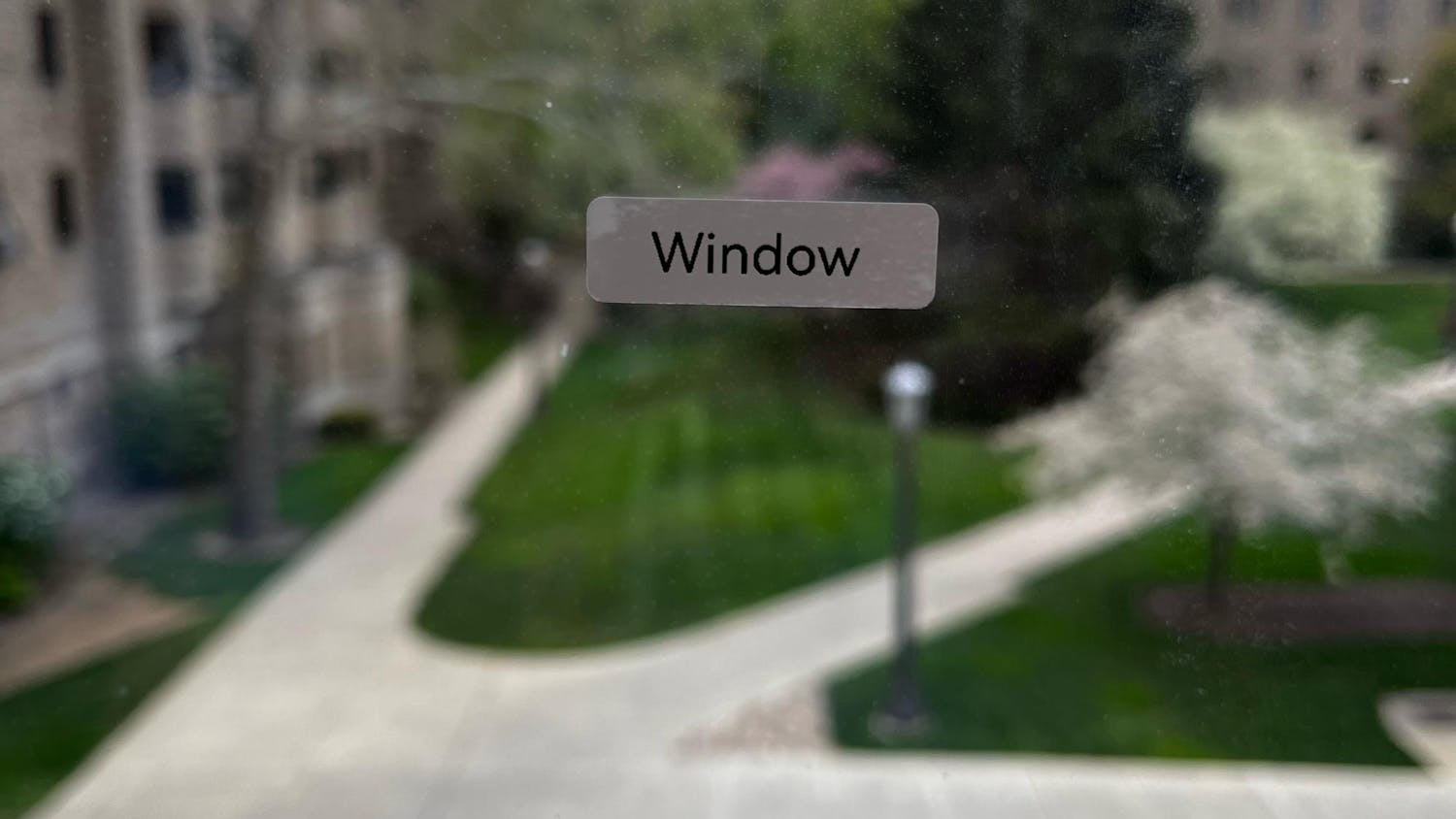On Sept. 27, the world received the birth announcement of a child with a highly unusual family tree: he has three biological parents.
The infant was born of an embryo constructed by a medical team from New York, as first reported by New Scientist. The procedure, termed spindle nuclear transfer, creates an embryo using parts of three different cells: a genetic nucleus from the mother, an egg cell from a donor which has had its nucleus removed, and a sperm cell from the father for fertilization. The resulting fetus receives a full set of genetic DNA from the mother and father, and just a handful of what is called mitochondrial DNA from the donor.
It’s the mitochondrial DNA that makes this procedure tick. In addition to being the powerhouse of a cell, mitochondria also contain about forty genes worth of mitochondrial DNA (or mtDNA). Most of these genes only function to keep the mitochondria up and running, and it’s unlikely they contribute to the more obvious traits we usually associate with nuclear DNA — like height, eye color, even personality. Most scientists feel that switching mitochondrial DNA between people is more like swapping a battery pack than shuffling identities.
But mtDNA can also be the source of serious diseases. The couple in this story turned to the procedure to avoid Leigh’s Syndrome, a severe neurological disorder that can be caused by mutations in mitochondrial DNA. About 25 percent of this mother’s mitochondria presented the disease-carrying mutation; as a result, the couple had previously lost four pregnancies and two children, aged eight months and six years, to Leigh’s Syndrome. They and their doctors hoped that by swapping out the mother’s diseased mitochondria for a donor’s healthy ones, they could conceive a healthy child.
So far, it seems to have worked. The baby boy is six months old and showing no signs of Leigh’s Syndrome or any other birth defects. And while the parents are probably thrilled, some people are furious that this child was born at all.
The problem is that spindle-nuclear transfer isn't technically legal in the U.S. The parents, who are from Jordan, worked with a New York City based medical team led by Dr. John Zhang. Zhang thought mitochondrial transfer would help, but was unable to obtain the necessary FDA approval — so the team went to Mexico to perform the procedure, out from underneath the FDA’s thumb.
Many people, with scientists among them, view this as shockingly irresponsible. Critics say that by circumventing federal regulations Zhang endangered the life of the child; further, he cheated the scientific community of a legitimate experiment that could have set important precedents. And certainly, performing a novel procedure on humans in an environment specifically chosen for its minimal regulations should raise some eyebrows.
But Zhang is not completely to blame. His team did attempt to get FDA approval, but were unable to even apply for it. FDA representatives refused to schedule an appointment to go over the procedure, and eventually Zhang was told over the phone that his application couldn’t be accepted because there was no department set up to review it.
The genetic manipulation of human embryos is a serious issue. Full ethical consideration and foolproof scientific data are absolutely required before attempting a procedure like Zhang’s. But in the U.S., both of those criteria have been met. Experiments related to spindle nuclear transfer have been going on since the 1990s; last year, a panel of expert embryologists and bioethicists was formed by the U.S. National Academies of Science to consider the safety and ethical issues at stake in these procedures. In February, they ruled that the FDA should move ahead in approving these procedures, especially where the life of a child was at stake. Similar procedures have recently been approved in the U.K., leading many scientists to feel the U.S. FDA has fallen frustratingly behind.
So why was Zhang unable to even apply for FDA approval? The real problem, it seems, is Congress. The 2016 congressional budget prohibited the use of government funds to process the applications for procedures that genetically alter human embryos. So when the FDA told Zhang they couldn’t review his application, what they meant was that they had been financially forbidden to do so. Without any other options, Zhang’s team were forced to go to Mexico.
What happened to Zhang is just one example of the disconnect between science and science policy. While congressional leaders throw around scare words like “designer babies” to get a budget passed, families like the one in this story suffer the loss of six children before finding a medical team willing to help them. The procedure that was carried out 15 months ago could have easily and safely been done the U.S., without complicating the lives of the family or the integrity of the researchers. Instead, a lack of informed science policy forced a pair of parents and their doctors to take desperate measures to ensure the health of a child.
Science policy cannot be taken lightly — it should be complicated, difficult, and highly debated. Scientific issues are complex and the policy surrounding them can have huge impacts on our health, or planet, and our daily lives. But what science policy should never do is compromise a child’s life because policymakers don’t understand the science behind the scare words. Dr. Zhang’s decision to subvert the faulty policy in place is questionable, but at the end of the day, our congressional leaders left him with no other way to help this family. Caught between his congress and his conscious, Zhang decided, as I think many of us would, that “to save lives is the ethical thing to do.”













